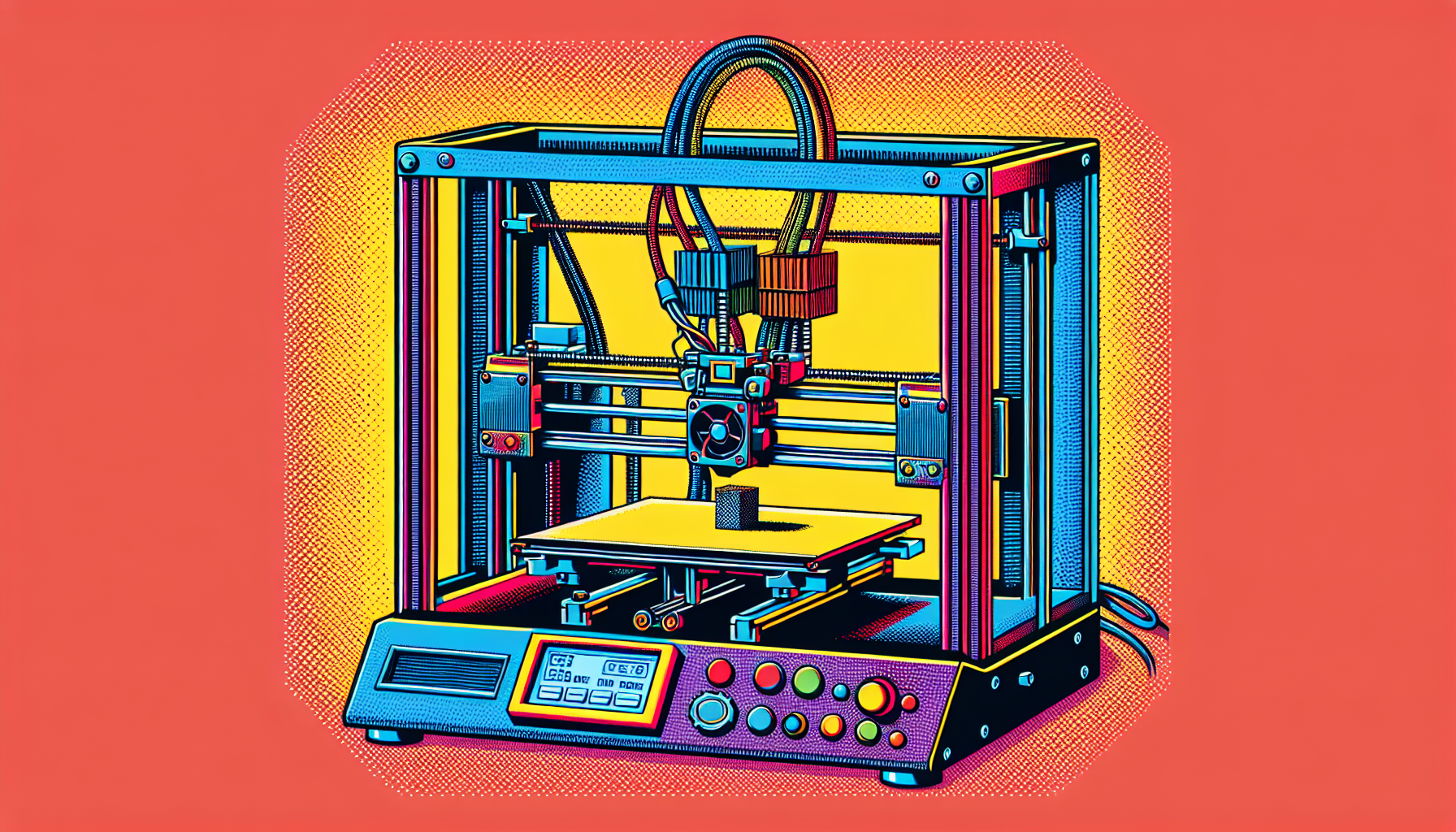From creating intricate gun components to building entire train stations, the capabilities of 3D printing are limitless.
Recently, HP, the world-famous computing and technology company, has taken significant steps to turbocharge partner growth, thereby driving the future of work.
The company’s new partner compensation booster and the expansion of Amplify AI program are testament to this. This proactive approach by HP is likely to encourage more companies to explore the possibilities of 3D printing.
The company’s exceeding sustainability targets highlight the environmentally-friendly nature of 3D printing technology.

For those who are new to 3D printing or are seeking inspiration, there are many resources available.
A number of free 3D printing websites offer a wealth of models to print or derive inspiration from. These platforms are invaluable for makers, providing the tools and resources to bring their imagination to life.
One of the more controversial applications of 3D printing is in the creation of gun components. The ease of accessibility and the ability to create precise, durable components have sparked debates on the issues of safety and legislation.
This is an ongoing issue that highlights the broader implications of 3D printing technology.
Perhaps one of the most exciting developments involves the construction industry, where 3D printing technology is being used to create intricate architectural structures. Recently, a train station in Japan was 3D printed in just six hours, demonstrating the efficiency and precision of the technology.
This project marks a significant milestone in the field of 3D-printed architecture, following in the footsteps of other successful projects including a Walmart, housing, and even a data center. It shows that with progress in 3D printing technology, the time taken to construct architectural structures can be significantly reduced, leading to reduced costs and faster project completion.
As we continue to explore the capabilities of 3D printing technology, we can expect to see even more exciting advances. From creating art and manufacturing components to constructing architectural marvels, 3D printing is pushing the boundaries of what is possible.
Regardless of the application, one thing is clear: 3D printing technology is transforming the way we create and build, and it is an exciting time to be involved in this innovative field.